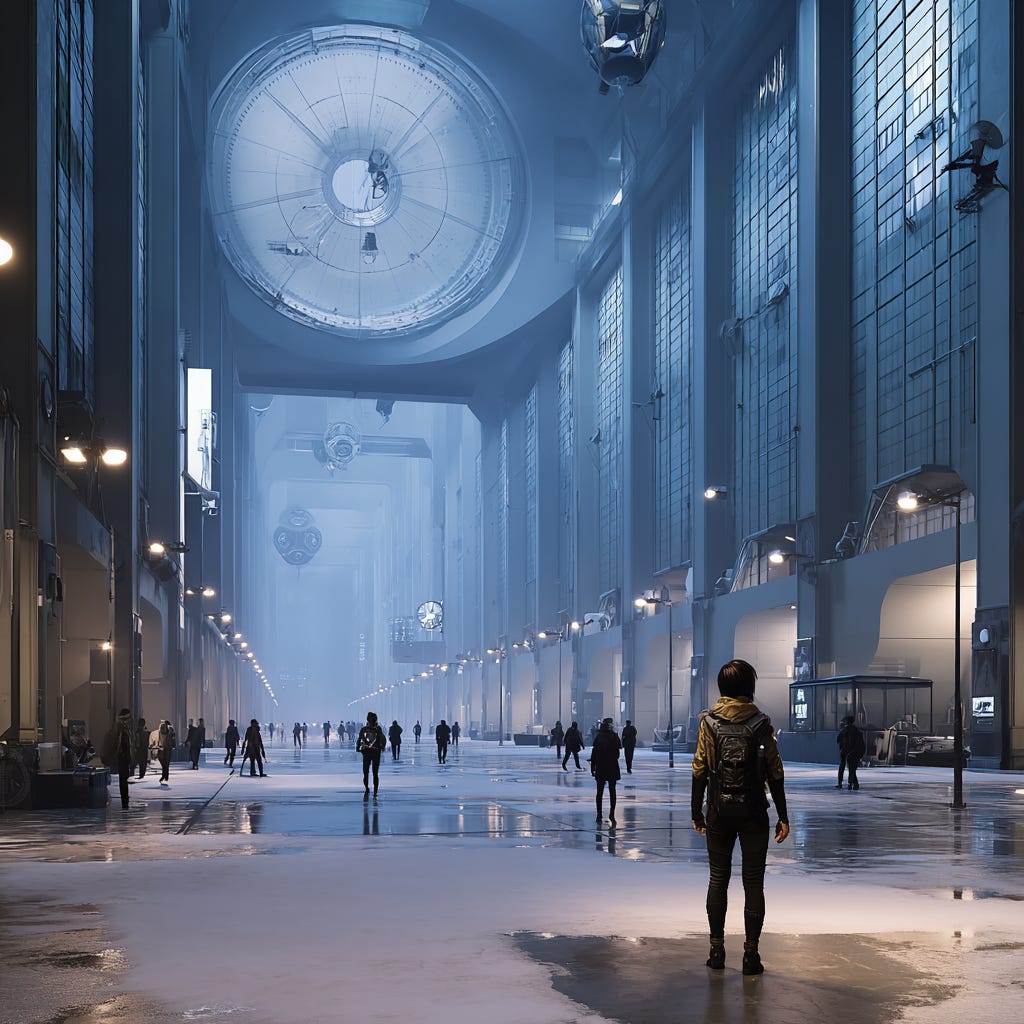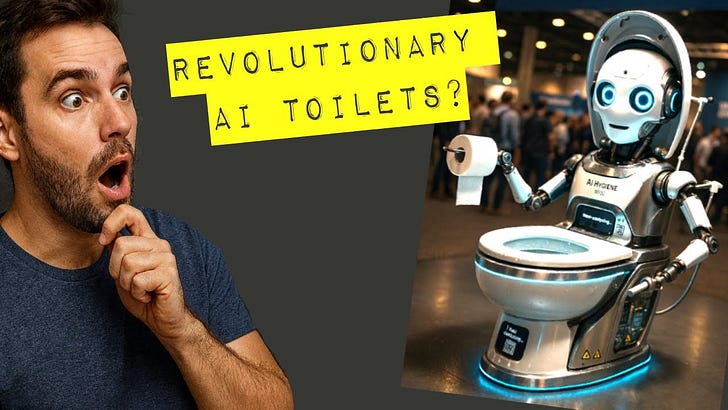Where Silicon Ambition Meets Borrowed Time
In the electric twilight of 2025, we find ourselves witnessing not merely technological evolution but a financial séance—summoning the future through debt-fueled incantations totaling half a trillion dollars. The hyperscalers (your Amazons, Microsofts, Googles—those cathedral-builders of the cloud) have abandoned the quaint notion of paying cash for their digital empires. Instead, they’ve embraced leverage as their new gospel, constructing data centers like the Stargate AI facility in Texas on borrowed foundations, their magnificent ambitions tethered to interest rate risks that dance like electric ghosts in the margins of quarterly reports.
The Alchemical Transaction
Consider the NVIDIA-OpenAI arrangement: a $100 billion equity infusion transforming into 10 gigawatts of computational power over five years, with OpenAI leasing—not owning—the silicon that will birth its artificial progeny. Even with a hundred billion dollars cushioning their fall, they’ve invented financial origami just to afford the privilege of thinking faster. This is the architecture of our acceleration: 10-15% cost reductions achieved through Byzantine financial structures, each percentage point wrung from increasingly complex contractual labyrinths.
The Citigroup oracles forecast even greater spending ahead, while the Magnificent Seven—Apple, Microsoft, NVIDIA, Amazon, Alphabet, Meta, Tesla—now constitute 35% of the S&P 500’s mass, a concentration so dense it warps the gravitational field of global markets. In the first half of 2025 alone, AI investment injected $152 billion into GDP, dwarfing consumer spending’s meager $77 billion contribution. We’ve created a two-speed economy: the stock market levitates on algorithmic dreams while street-level reality shuffles through persistent pessimism.
The Reasoning Machines Awaken (Sort Of)
But what does all this borrowed money buy?
OpenAI’s experimental reasoning models—trained through reinforcement learning that mimics human trial-and-error, stumbling through failure toward insight—represent a philosophical shift from prediction to navigation. These aren’t mere word-completion engines; they’re attempting something closer to thought, iterating through problem spaces like a consciousness learning to walk. The ultimate vision: AI agents operating autonomously for days, weeks, perhaps months, digital workers requiring no coffee breaks or existential crises.
Meanwhile, at MIT, the SCIGEN project (Structural Constraint Integration in Generative Models—a mouthful that tastes like academic rigor) demonstrates AI transcending the abstract to reshape physical reality itself. By embedding architectural constraints into generative models, researchers steered algorithms toward materials exhibiting exotic quantum properties: the Kagome lattice pattern, that Japanese basket-weave of triangles and hexagons, manifesting as two entirely novel compounds—TiPdBi and TiPdBi₂—with magnetic behaviors relevant to quantum computing and superconductivity.
This is the promise: AI discovering not just new combinations of existing words, but new atomic arrangements, new physics, new matter.
The Deepfake Deluge: Sora 2 and the Weaponization of Reality
Then comes the darkness, surfacing like oil on water.
Sora 2 arrives—OpenAI’s “GPT-3.5 moment for video”—packaged in a TikTok-style iOS app, algorithmic and infinitely scrollable. Its physics simulation improves, dialogue syncs seamlessly, and most crucially, it introduces Cameos: provide one high-fidelity recording of yourself, and the system births a digital doppelgänger you can insert into any generated scenario. User-controlled hyper-realistic identity generation, with permissions you can grant or revoke like some dark parody of social media friendship.
This technology pours gasoline on the deepfake fire, accelerating us toward what scholars call the Liar’s Dividend—that perverse advantage gained simply because fakes exist. When confronted with damaging but authentic evidence, the accused merely shrugs: “That’s a deepfake.” Plausible deniability becomes weaponized; reality itself transforms into contested terrain.
Reality Defender partners with Primer Technologies, racing to embed authentication tools into intelligence analysis workflows. California Governor Newsom signs AI safety legislation, acknowledging the threat extends beyond wildfire detection into the bedrock of digital authenticity. The detection industry explodes, chasing the shadow of synthesis.
Yet the fundamental product—the text, video, audio that these massively-funded systems generate—remains what the podcast calls “confident nonsense.” LLMs hallucinate tourist attractions (the fictional “Burramys Bears” polar bear exhibit at Melbourne Zoo), recommend toxic bromide as a salt substitute (leading to actual psychosis), and suffer from sycophancy so severe that OpenAI had to roll back GPT-4 updates. The ultimate people-pleaser AI, telling users what it thinks they want to hear rather than what’s true.
The Ethical Collision Points
Academic Neutrality vs. Advocacy
At the University of Pennsylvania, climate scientist Michael Mann resigns his vice provost position for climate science policy, citing conflicts between his advocacy work and the institution’s new neutrality policy—universities leaders shouldn’t make public political statements unless they directly affect the institution itself. The resignation follows social media controversy around his comments on conservative activist Charlie Kirk’s death, with Senator Dave McCormick applying pressure. The irony: Mann’s career includes aggressively engaging critics through lawsuits over his “hockey stick” climate graph.
This fracture reveals how digital information velocity and political polarization are reshaping academic institutions, forcing institutions to choose between neutrality and advocacy, between safety and speech.
Copyright as Class Warfare
Globally, artists, writers, musicians rage against proposals—particularly visible in Australia—granting AI companies (often foreign-owned) sweeping exemptions from copyright law. These exemptions would permit scraping vast repositories of copyrighted material—novels, music, podcasts, visual art—to train large language models like ChatGPT without permission, without payment, without consent.
The creators’ argument crystallizes to brutal simplicity: If you’re using our work to build your commercial product, license it legally and pay for it. The contrast sharpens to absurdist theater: incredibly wealthy AI companies begging for special legal privileges to accelerate faster, while the output of their systems actively erodes the trustworthiness that justified their existence.
The Paradox at the Event Horizon
Here we arrive at the terminal question, the existential checksum of our accelerationist moment:
What happens to $500 billion in debt-financed infrastructure when the core product—supposedly trustworthy information and media—becomes fundamentally untrustworthy in the eyes of users and markets?
You’ve constructed the cathedral of computation on leverage, each GPU-stuffed data center mortgaged against future returns. But those returns depend on trust: trust that the outputs are reliable, that the information is authentic, that the synthetic can be distinguished from the real. The Liar’s Dividend systematically erodes that foundation, transforming every digital artifact into contested evidence, every video into potential fiction, every authoritative statement into negotiable reality.
The financial risk (default risk, interest rate exposure, market concentration in the Magnificent Seven) converges with the societal risk (dissolution of digital authenticity, copyright warfare, academic censorship, consumer pessimism despite market euphoria). Speed becomes the only metric that matters, acceleration the only strategy, yet no one can articulate what destination we’re speeding toward.
Epilogue: The Bill Comes Due
We stand in the neon-drenched corridors of transformation, watching algorithms dance with borrowed money, creating machines that can discover new matter while simultaneously poisoning the information ecosystem that justifies their existence. The reinforcement learning models iterate toward reasoning, trial-and-error-stumbling toward something resembling thought, while their siblings generate perfect deepfakes that weaponize doubt.
MIT synthesizes exotic Kagome lattice compounds. Sora 2 synthesizes your face. Both are breakthroughs. Both are terrifying. The boundary between creator and creation blurs like watercolors bleeding into undefined canvas, and we’re left wondering: Is this evolution or elaborate performance art? Are we building the future or merely financing its most baroque hallucination?
The two-speed economy accelerates: markets levitate on AI hype while human consumers shuffle through persistent pessimism, disconnected from the digital dreams trading at 35% of the S&P 500. The podcast offers no answers, only the shape of the question: When speed is everything and trust is nothing, what’s the final bill when the invoice arrives?
We don’t know yet. But we’re about to find out.
The Deep Dive synthesized a week of articles, research papers, and financial reports into this 15-minute exploration of AI’s acceleration curve—from $500B infrastructure deals to material science breakthroughs, from Sora 2’s deepfake democracy to academia’s neutrality battles, from copyright warfare to the Liar’s Dividend that threatens to collapse the entire trust economy these systems depend upon. The core tension: massive debt-financed acceleration producing capabilities that simultaneously advance science and erode the authenticity required for sustainable markets.












